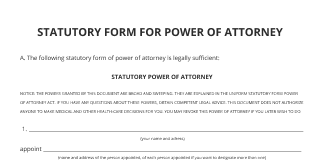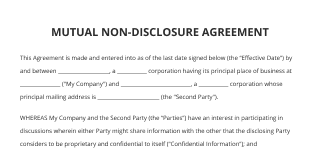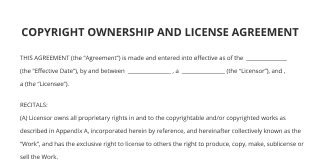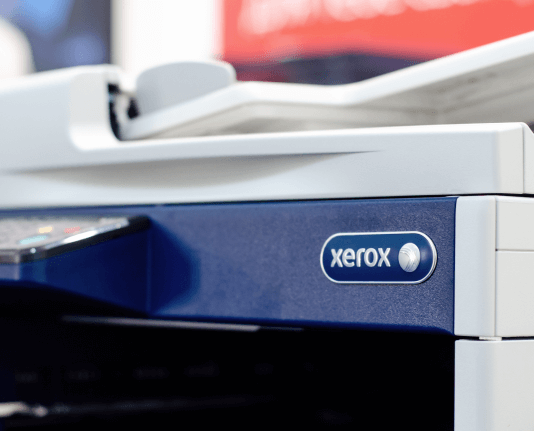What is the Difference between an Invoice and a Receipt for Your Business Needs
Move your business forward with the airSlate SignNow eSignature solution
Add your legally binding signature
Integrate via API
Send conditional documents
Share documents via an invite link
Save time with reusable templates
Improve team collaboration
See airSlate SignNow eSignatures in action
Understanding Invoices
An invoice is a formal document issued by a seller to a buyer, detailing the products or services provided, along with the amount owed. It serves as a request for payment and includes essential information such as the invoice number, date of issue, payment terms, and a breakdown of costs. Invoices are crucial for businesses as they help track sales, manage cash flow, and maintain financial records.
When creating an invoice, it is important to ensure that all relevant details are included. This not only facilitates prompt payment but also provides a clear record for both parties. Using a digital document workflow can streamline the invoicing process, making it easy to prepare, send, and manage invoices securely.
Defining Receipts
A receipt is a document that acknowledges payment has been made for goods or services. It is typically issued by the seller to the buyer after payment is received. Receipts serve as proof of transaction and often include details such as the date of purchase, items bought, total amount paid, and payment method. They are essential for both consumers and businesses for record-keeping and managing expenses.
In a digital context, receipts can be generated automatically upon payment completion, making it easier for businesses to provide immediate confirmation to customers. This can enhance customer satisfaction and streamline financial tracking for both parties.
Key Differences Between Invoices and Receipts
Understanding the differences between invoices and receipts is important for effective financial management. Here are the key distinctions:
- Purpose: An invoice requests payment, while a receipt confirms that payment has been made.
- Timing: Invoices are issued before payment, whereas receipts are provided after payment is completed.
- Information: Invoices include payment terms and itemized costs, while receipts typically summarize the transaction without payment terms.
- Usage: Businesses use invoices to track sales and manage accounts receivable, while receipts help customers keep track of their purchases and expenses.
When to Use Invoices and Receipts
Knowing when to use invoices and receipts can help maintain clear financial records. Use invoices when:
- Providing services or goods on credit.
- Establishing payment terms with clients.
- Tracking unpaid amounts for accounting purposes.
Use receipts when:
- Receiving payment for goods or services.
- Documenting completed transactions for customers.
- Maintaining records for tax purposes or expense tracking.
Creating Invoices and Receipts Digitally
Utilizing a digital document solution like airSlate SignNow can simplify the process of creating and managing invoices and receipts. Users can:
- Quickly prepare and send invoices to clients, ensuring all necessary details are included.
- Generate receipts automatically upon payment completion, providing instant confirmation to customers.
- Store and organize documents securely, making it easy to access records when needed.
This digital approach enhances efficiency and accuracy in financial transactions, helping businesses maintain smooth operations.
airSlate SignNow solutions for better efficiency
Our user reviews speak for themselves






Why choose airSlate SignNow
-
Free 7-day trial. Choose the plan you need and try it risk-free.
-
Honest pricing for full-featured plans. airSlate SignNow offers subscription plans with no overages or hidden fees at renewal.
-
Enterprise-grade security. airSlate SignNow helps you comply with global security standards.

What distinguishes an invoice from a receipt?
Comprehending the difference between an invoice and a receipt is essential for proficient financial oversight. An invoice is a payment request, providing details of the products or services rendered, whereas a receipt acts as verification of payment. This manual will assist you in navigating the use of airSlate SignNow to enhance your document signing requirements.
What distinguishes an invoice from a receipt?
- Launch your web browser and visit the airSlate SignNow site.
- Register for a free trial account or sign in if you possess one.
- Choose the document you want to sign or request signatures by uploading it.
- If you intend to use this document repeatedly, transform it into a reusable template.
- Open your document to perform necessary modifications, such as adding fillable fields or inserting specific data.
- Sign the document and assign signature fields to the recipients.
- Click 'Continue' to set up and send an eSignature invitation.
airSlate SignNow provides various advantages, including an extensive feature set that delivers substantial value for your investment. Its intuitive interface is tailored for small to medium-sized enterprises, making it straightforward to expand as your requirements evolve.
With clear pricing and no concealed charges, airSlate SignNow guarantees you are aware of exactly what you are being charged. Additionally, their committed 24/7 support for all paid plans ensures help whenever you require it. Begin optimizing your document signing process today!
How it works
airSlate SignNow features that users love
Get legally-binding signatures now!
FAQs
-
What comes first, an invoice or a receipt?
Receipts, however, should be issued any time a payment is received from the customer. If you're accepting a payment that is made immediately upon providing the goods or services, you don't need to issue an invoice, but can offer a receipt as proof of payment. This is both for the customer's benefit, and your own. -
Can an invoice serve as a receipt?
The seller issues an invoice before payment is made. A receipt is a document issued after payment is made. The seller sends it to the buyer as proof of payment. -
Is an invoice counted as a receipt?
Invoices, on the other hand, are given before the transaction. Invoices act as a request for payment meaning they are sent before the customer has paid. This means an invoice isn't suitable for proof of payment. -
Is an invoice considered a receipt?
If there's ever confusion about what was billed or paid, having both an invoice and a receipt makes it easier to clarify that. The invoice spells out the agreement, while the receipt confirms what was paid. -
Are invoices acceptable to use as receipts for?
Businesses should not use invoices and receipts interchangeably. You should use invoices to inform a customer that a payment is due and receipts as proof of payment. -
Can I issue a receipt without an invoice?
An invoice should not be used as a receipt. This is because an invoice works as a request for payment and does not include confirmation as to whether that payment has been made. Once payment has been received a separate receipt should be sent or you should provide a clear indication of payment received on the invoice.
What active users are saying — what is the difference between an invoice and a receipt
Related searches to What is the difference between an invoice and a receipt for your business needs
Get more for what is the difference between an invoice and a receipt
- Discover the best free invoicing programs for freelancers to streamline your billing
- Discover the best free invoicing tools for seamless business management
- Discover the best invoicing software for seamless document management
- Discover the best invoicing tool for your business
- Discover the best web-based billing software for seamless document management
- Discover the best web-based invoicing software for your business
- Discover the best-in-class software for seamless eSigning
- Effortless online bill generation for your business
Find out other what is the difference between an invoice and a receipt
- How do I sign in to my Gmail account seamlessly
- How can I sign in to my Gmail account with airSlate ...
- Experience digital signing protection with airSlate ...
- Enhance your workflow with OneSpan e-signature
- Secure your software with a VeriSign code signing ...
- Secure your documents with signature encryption using ...
- Experience the power of HSM-secured signature for your ...
- Experience the ease of VeriSign electronic sign for ...
- Experience the power of PKI-secured signatures for ...
- Achieve peace of mind with S/MIME secure signature ...
- Enhance your security with PKI digital signatures for ...
- Simplify your signing process with crypto signature
- Secure your documents with a protected PDF signature
- Experience digital signature assurance with airSlate ...
- Experience the power of OneSpan electronic signature ...
- Enhance your documents with a blockchain signature for ...
- Unlock secure transactions with asymmetric encryption ...
- Get your certified PDF sign with ease and confidence
- Unlock the power of signature cryptography for secure ...
- Unlock the power of secure signing technique to ...






























